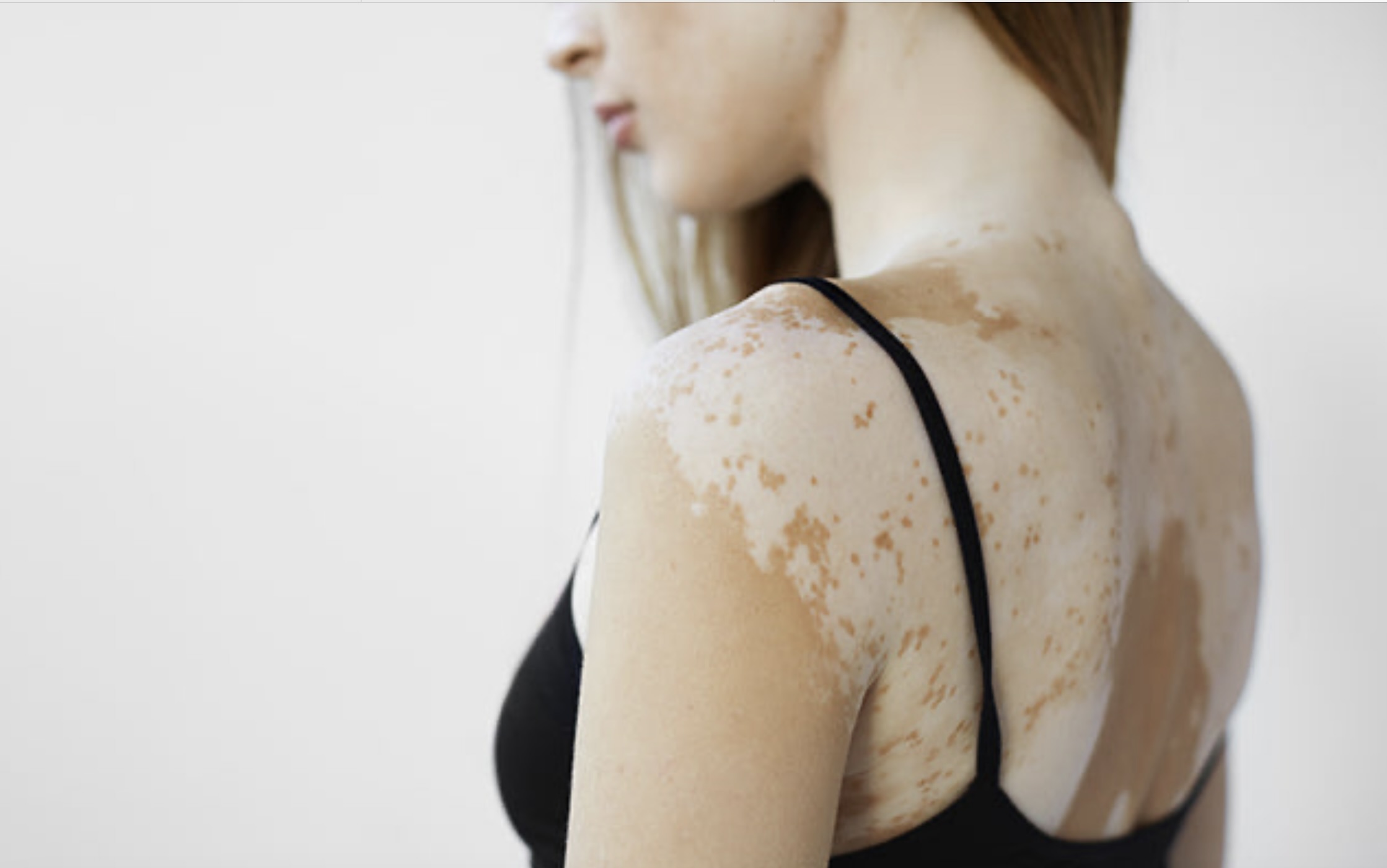Hyperpigmentation, Hypopigmentation, and Your Skin
What is hyperpigmentation?
Hyperpigmentation is a common skin condition characterized by the darkening of certain areas of the skin. It occurs when an excess of melanin, the pigment that gives skin its color, is produced in certain areas, causing those areas to become darker than the surrounding skin. Hyperpigmentation can affect people of all skin types and colors and can occur in small patches, large areas, or across the entire body.
What is hypopigmentation?
Hypopigmentation is the loss or reduction of skin color, resulting in lighter or white patches on the skin. This occurs when there is a decrease in melanin production or distribution in the skin. Hypopigmentation can be caused by various factors, including skin conditions, genetic factors, autoimmune disorders, and certain medications.
How are pigmentation disorders treated?
Pigmentation disorders can be treated in several ways, depending on the type and severity of the condition. Some common treatments include:
- Topical Treatments: These include creams, lotions, or gels that contain ingredients like hydroquinone, retinoids, corticosteroids, or kojic acid. These can help lighten dark spots or even out skin tone.
- Chemical Peels: This treatment involves applying a chemical solution to the skin to exfoliate the outer layers and improve pigmentation irregularities.
- Laser Therapy: Various types of laser treatments can target and remove areas of hyperpigmentation or hypopigmentation. This includes intense pulsed light (IPL) therapy and fractional laser resurfacing.
- Microdermabrasion: This procedure uses a device to exfoliate the outer layer of skin, which can help improve the appearance of pigmentation disorders.
- Cryotherapy: This treatment involves freezing the affected areas with liquid nitrogen to destroy excess pigment cells.
- Topical Immunomodulators: These medications can help treat conditions like vitiligo by altering the immune response in the skin.
- Surgical Treatments: In some cases, surgical procedures like skin grafting or tattooing may be used to treat severe or extensive pigmentation disorders.
It’s important to consult with a dermatologist or skin care professional to determine the most appropriate treatment for your specific condition. Treatment effectiveness can vary depending on the type and severity of the pigmentation disorder.




